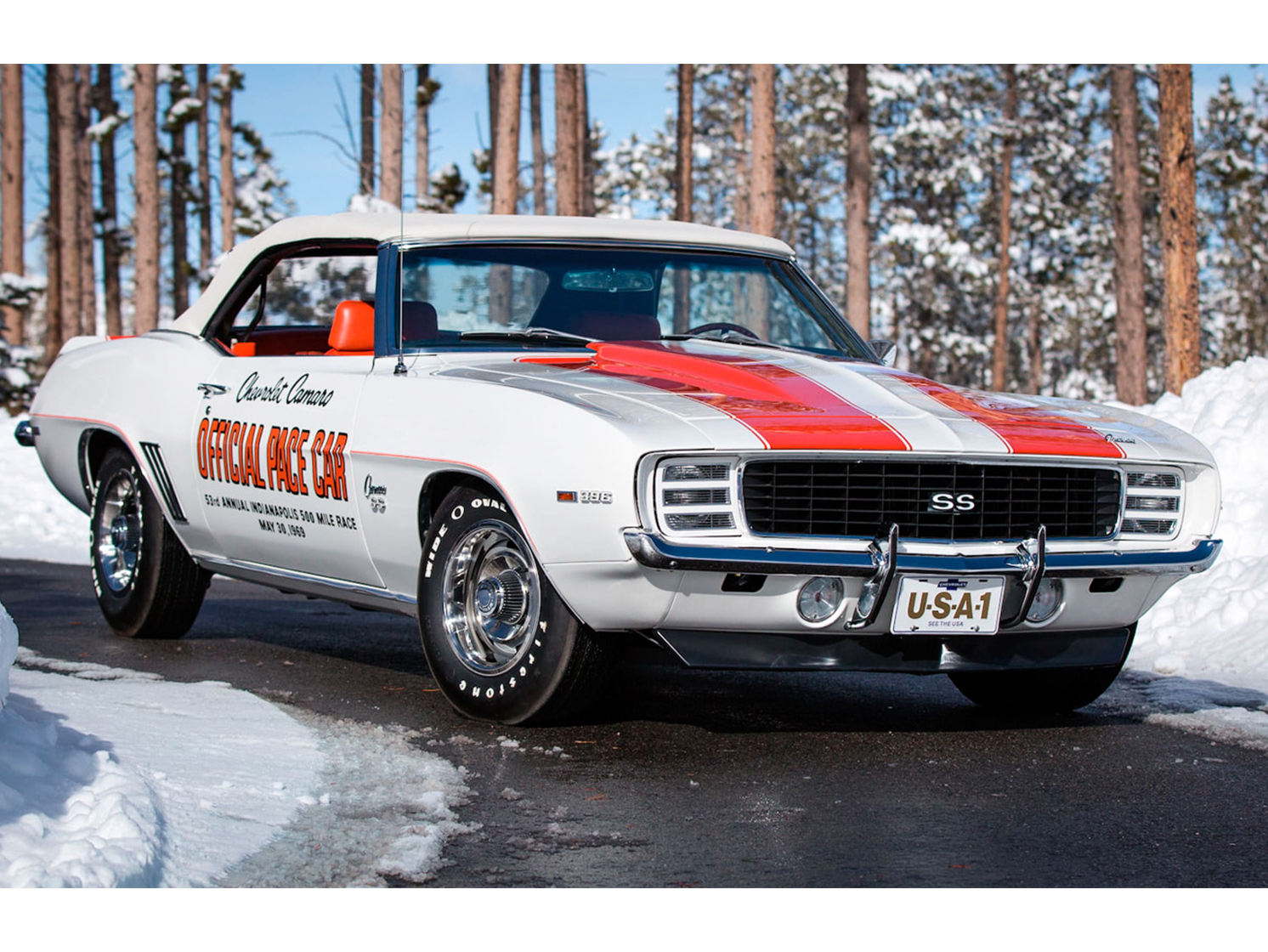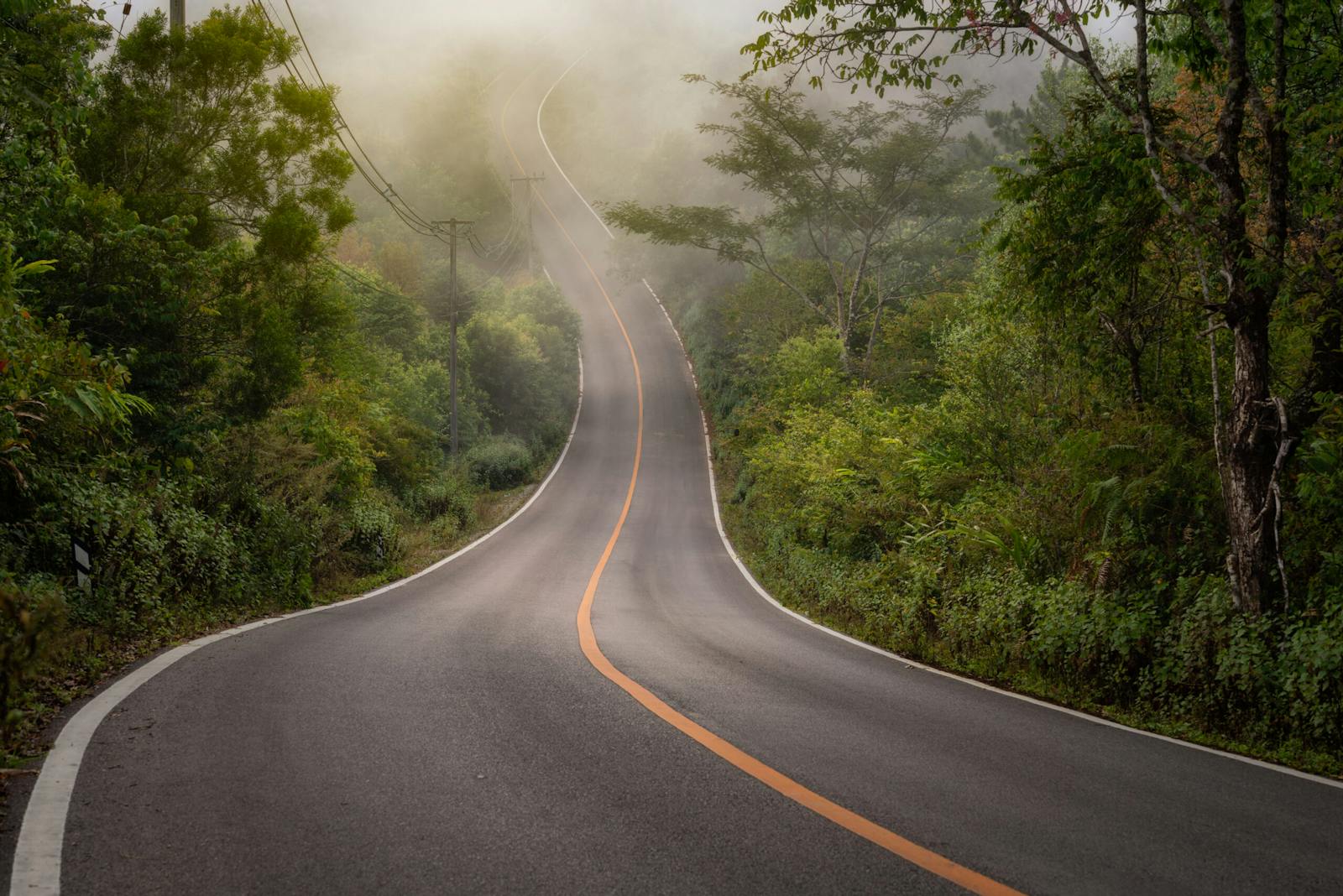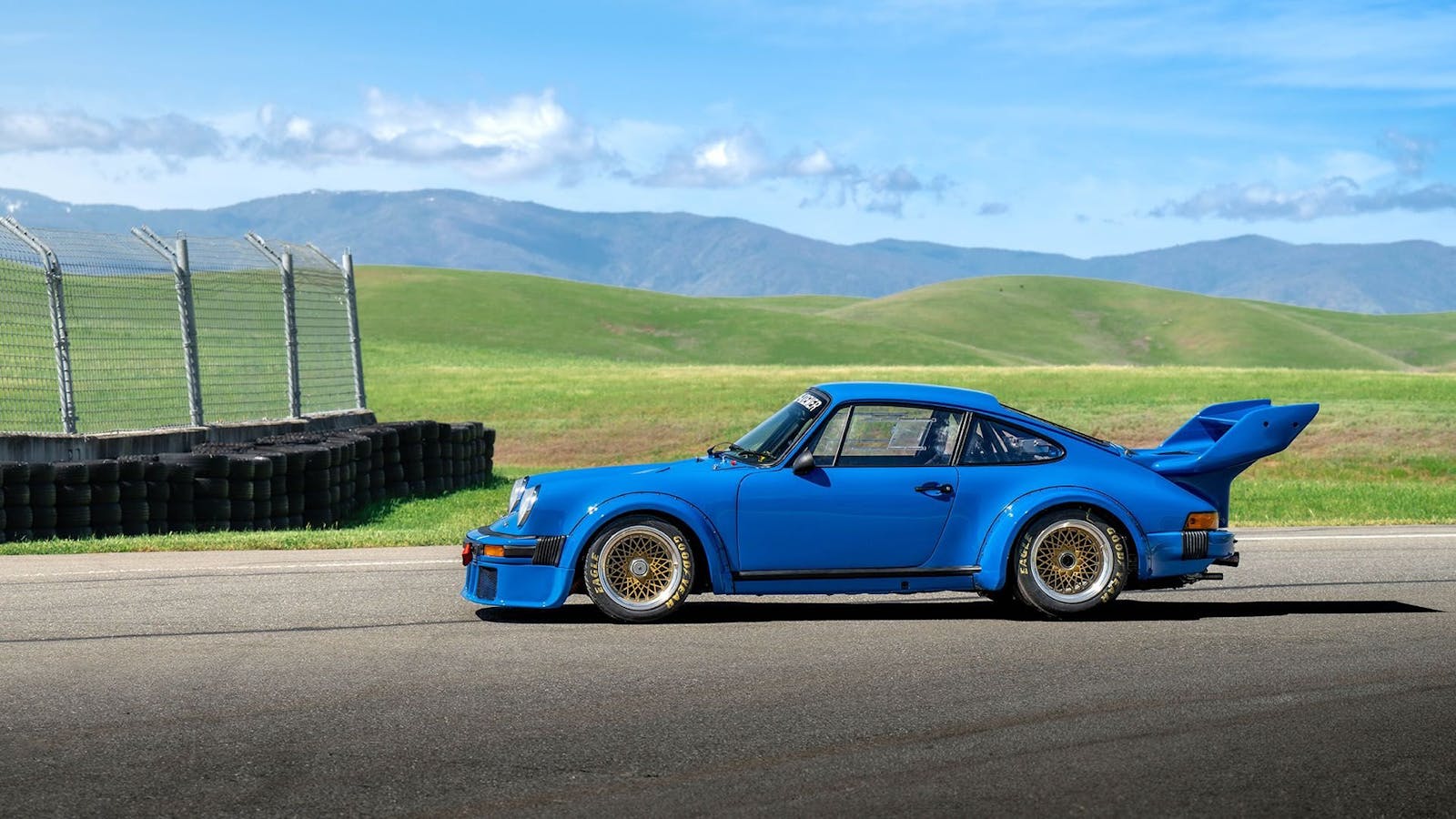5 special editions that turbocharge the value of your collector car
A few weeks ago, we asked members of the Hagerty Forum to provide us with their favorite terrible special edition cars. No doubt, there were plenty of awful options to choose from, generating more than 50 replies in the discussion. It seems the common theme tying these automotive blunders together was there was too much focus on silly tricks or styling gimmicks and not enough attention was paid to what buyers were actually looking for.
Sure, the the list of truly bad special editions is nearly endless, but there have actually been quite a few good examples, too. Packages that offer limited production, added features, and pleasing visuals are generally rewarded with a bump in value over their base-model counterparts. Here are five of our favorites.
1968 Ford Mustang California Special

Quite possibly the quintessential special edition, Ford’s California Special package has now been available on multiple iterations of the pony car. Released in 1968 as a one-year-only option, it offered a blacked-out grille, fog lamps, side scoops, non-sequential thunderbird taillights, decklid spoiler, GT-style hubcaps, and stripes with the GT/CS logo. Customers could pick from a number of different engine choices, but the vast majority of the (approximately) 4100 units sold were equipped with a 289-cubic-inch V-8.
Buyers can expect a $4000 premium over similar base Mustangs when shopping for a California Special, with average values for #3 (Good) condition cars hovering around $23,700. The success of the GT/CS again demonstrates that buyers are willing to pay extra for additional features and styling upgrades—but only if these changes add to the car’s appeal.
1969 Chevrolet Camaro Pace Car Replica

Though the first Indy Pace Car replica Camaro was offered in its inaugural 1967 model year, it was the 1969 version that really solidified the formula. Available only on RS/SS convertibles, RPO Z11 offered the choice of four different V-8 engines, along with a host of upgrades to provide the Indy look. Visual changes included white paint, orange stripes and graphics, a cowl induction hood, and a set of rally wheels to round out the package.
There were 3675 examples produced, making these Camaros rare, but not nearly as unobtainable as one of the 100 1967 Indy Pace Car replicas. Though the price hike for an Indy replica over a similarly spec’d RS/SS isn’t dramatic for average-condition cars, there is around a $17,000 difference between those of concours quality. This divide makes it pretty clear that it’s the historical significance—not necessarily the driving experience—that collectors are finding most valuable with this special edition.
2006 Ford GT Heritage Edition

One could easily make the argument that all 2005–06 Ford GTs are “heritage editions,” as they’re virtually modern copies of their 1960s ancestors. This, however, didn’t stop Ford from offering an official Heritage Edition for the 2006 model year. In addition to the potent supercharged 5.4-liter V-8 and six-speed manual gearbox, the package featured race-inspired blue and orange paint, harkening back to the Gulf Oil livery adorning the Le Mans-winning GT40s of 1968–69.
It wasn’t a cheap paint job either, tacking $13,000 onto the already $150,000+ base price. The additional cost, however, seems well worth it now as the difference in price between a base and Heritage Edition can be as much as $75,000. Not a bad pay off for the 343 GT owners who were just checking a box for some added retro flair.
1977–80 Jeep CJ-7 Golden Eagle

Few things are absolute in the car world, but it’s pretty safe to assume that Jeeps will always remain hot. Don’t believe us? Hopefully the fact that several of the iconic 4x4s have inhabited the Hagerty Vehicle Rating Top 25 leaderboard for, well, basically forever, might change your mind. Like the other cars on this list, however, some Jeeps are more desirable than others. Take, for example, the 1977–80 Golden Eagle package, which added fender flares, upgraded upholstery, gold painted wheels, and eagle hood graphics.
There must have been something about giant bird decals that helped sell cars in the 1970s, because like the Trans Am, the Golden Eagle remains perched atop the Jeep heap when it comes to value. Depending upon condition, this special edition can carry up to a $4400 premium over equivalent base model CJ-7s. A significant difference, yes, but a relatively affordable way to get into the ultimate ’70s Jeep.
1991 GMC Syclone Marlboro

The GMC Syclone is already a bit of a unicorn. With only around 3000 produced, the turbocharged V-6 sport truck sensation holds both a massive performance and price advantage over its Sonoma sibling. If that’s not quite rare enough, though, GMC offered 10 of these rocket-sled pickups with bright red paint and Marlboro graphics as promotional giveaways for the tobacco giant.
With so few made, and the bizarre circumstances in which somebody could acquire one, the cost of entry for a Marlboro edition is pretty steep. The nicest regular 1991 GMC Syclone will set you back $43,700—a sizeable chunk of change in its own right. Add the red paint, cigarette stickers, and requisite documentation, however, and that price climbs to a stratospheric $74,800. Is the $31K jump in price worth it? With so few in existence, it’s possible that might be a question you’ll never even have an opportunity to answer.


